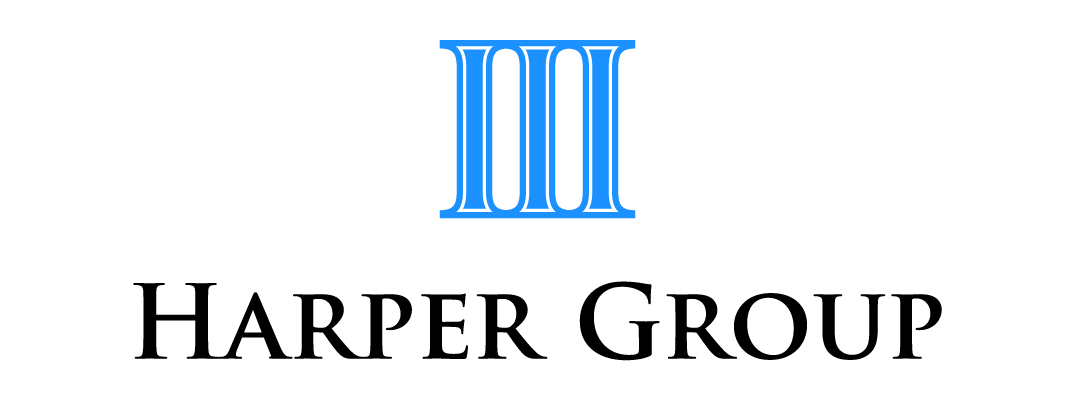Tax invoice essentials
The status of the humble invoice took on immense significance in the year 2000 when the goods and services tax (GST) was introduced. It was a big year for the country, with Sydney hosting that year’s Olympics in the last half of September, as well as the introduction of the new tax on 1 July.
It was certainly a gold medal-winning initiative for Treasury, as in its first financial year GST was attributed with adding $24.4 billion to the coffers. It was widely feared that the 2000-01 income year’s cost of living increase would mirror the GST’s 10%, although in the end it was less than a modest (for those times) 3%. Of course in the argy-bargy in Canberra leading up to the new tax, some other taxes were abolished and many necessities were exempted from GST.
But so much for the history lesson.
Today’s tax invoice is an essential element of Australia’s taxation system, and serves both to collect the government’s take on the goods and services on which GST is levied as well as record the credits that are claimable by eligible businesses.
Every business registered in the GST system is required to issue a valid tax invoice if a purchaser asks for one (within 28 days), but also for any taxable sale made that is more than $82.50. (Why that seemingly random amount? It's just $75 plus the GST that would usually be added. Just jumping back into the history book for a second, the bar was set at $50 back in that Olympic year but was bumped up on 1 July 2007. It’s a reflection in miniature of the GST registration threshold, which went from $50,000 to $75,000 on the same date.)
The ATO stipulates that for a tax invoice to be valid, it is required to contain certain items of information — seven items at least, but more for invoices that are for sales of $1,000 or more. (There are three other circumstances where additional information is required — links to an ATO explanation of each is provided at the end of this article.)
A valid tax invoice, by the way, does not have to be in paper form. Electronic forms are perfectly acceptable of course, as long as they show the required information, they are readily accessible, and are presented in, or easily convertible to, English.
A valid invoice (for taxable sales of less than $1,000) must include enough information to clearly determine the following seven details:
- that the document is intended to be a tax invoice
- the seller's identity
- the seller's Australian business number (ABN)
- the date the invoice was issued
- a brief description of the items sold, including the quantity (if applicable) and the price
- the GST amount (if any) payable – this can be shown separately or, if the GST amount is exactly one-eleventh of the total price, as a statement such as “Total price includes GST”
- the extent to which each sale on the invoice is a taxable sale (that is, the extent to which each sale includes GST)
As well as the above, tax invoices for sales of more than $1,000 need to show the buyer’s identity or ABN. This of course may be shown on invoices for lesser amounts, but once over $1,000 it becomes a requirement.
Rounding of GST where fractions of a cent result
The ATO has devised special rounding conventions where an amount of GST includes a fraction of a cent. Although it labels these conventions “rules”, there is no obligation for parties on either side of a transaction to follow them, as the ATO states: “You and your customer do not need to use the same rounding rules.”
Where there is only one taxable sale on a tax invoice, the amount of GST should be rounded to the nearest cent (rounding upwards from 0.5 cents).
Where there is more than one taxable sale on a tax invoice, there are two conventions, dubbed by the ATO as the “total invoice rule” and the “taxable supply rule”:
- Total invoice rule – under this rule, the unrounded amounts of GST for each taxable sale should be totalled and then rounded to the nearest cent (again rounding up from 0.5 cents).
Alternatively, if all the taxable sales on a tax invoice include an amount of GST that is exactly one 11th of the price, the business may choose to add up the GST-exclusive value of each taxable sale, calculate GST on that amount, and then round to the nearest cent.
- Taxable supply rule – this rule deems that the business needs to work out the amount of GST for each individual taxable sale. Where the unrounded amount of GST has more decimal places than a standard accounting system can record, the amount should be rounded up or down as appropriate. Then the individual amounts are added up, and this total is rounded to the nearest cent (again rounding up from 0.5 cents).
Additional information requirements
Further information will be needed for tax invoices for:
· sales that include both taxable and non-taxable items
invoices created by the recipient rather than the supplier
Harper Group Pty Ltd Chartered Accountants Frankston Ph 9770 1547
Disclaimer: All information provided in this article is of a general nature only and is not personal financial or investment advice. Also, changes in legislation may occur frequently. We recommend that our formal advice be obtained before acting on the basis of this information.
